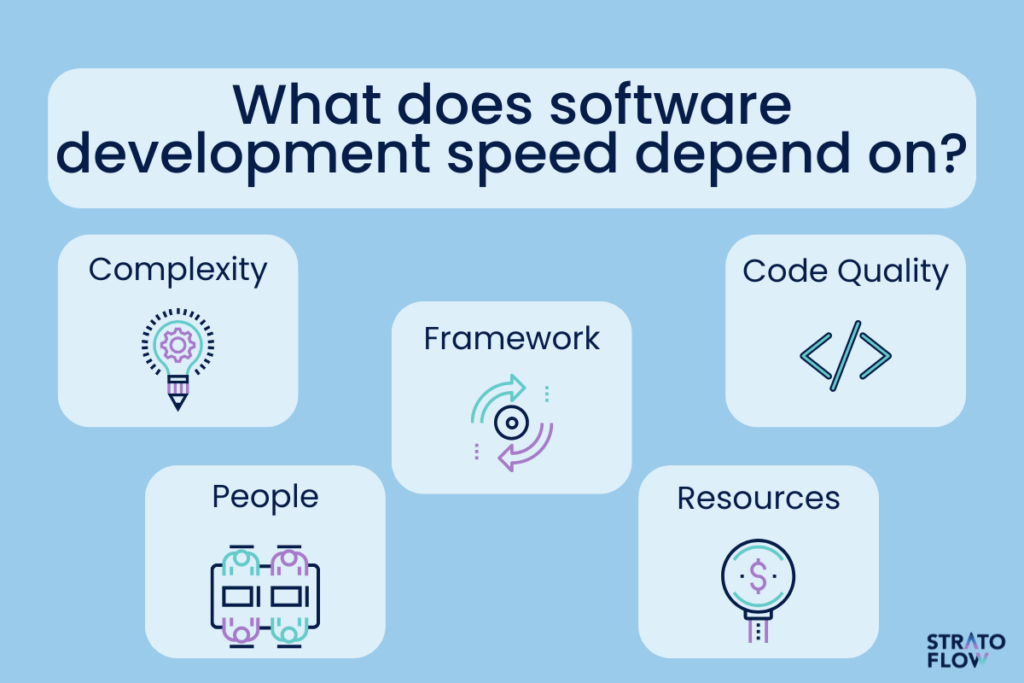Optimizing Performance in Lazarus IDE: Strategies for Faster Development
In the competitive landscape of software development, optimizing performance is paramount to achieving efficiency, productivity, and ultimately, success. Lazarus Integrated Development Environment (IDE) provides a powerful platform for building applications, but optimizing performance within the IDE itself can further enhance developers’ workflow. In this article, we’ll explore strategies for optimizing performance in Lazarus IDE, enabling developers to work faster, more efficiently, and with greater productivity.
Understanding Performance Optimization in Lazarus IDE
- Why Performance Matters: Performance optimization in Lazarus IDE directly impacts developers’ productivity and workflow. Faster load times, smoother UI interactions, and efficient resource utilization contribute to a seamless development experience.
- Areas of Optimization: Performance optimization in Lazarus IDE can target various aspects, including startup time, project compilation, code editing responsiveness, and memory usage. Addressing these areas can lead to significant improvements in overall performance.

Read about also: Mastering Database Development with Lazarus IDE: A Comprehensive Guide
Strategies for Performance Optimization
- Update Lazarus IDE: Ensure that you are using the latest version of Lazarus IDE, as newer releases often include performance improvements, bug fixes, and optimizations. Regularly updating Lazarus IDE can help maintain optimal performance.
- Configure IDE Settings: Customize Lazarus IDE settings to optimize performance according to your workflow and preferences. Adjust settings related to code editor behavior, syntax highlighting, and auto-completion to strike a balance between functionality and performance.
- Manage Project Size: Break down large projects into smaller modules or libraries to improve compilation times and reduce memory usage. Organize project files and folders efficiently to streamline project navigation and management within Lazarus IDE.
- Utilize Code Profiling Tools: Lazarus IDE provides built-in code profiling tools that enable developers to identify performance bottlenecks and optimize code execution. Use profiling tools to analyze code execution times, memory usage, and resource consumption to pinpoint areas for improvement.
- Optimize Resource Usage: Monitor and optimize resource usage within Lazarus IDE, including CPU, memory, and disk usage. Close unnecessary background processes, plugins, or editor tabs to free up system resources and improve overall performance.

Best Practices for Performance Optimization
- Regular Maintenance: Perform regular maintenance tasks such as cleaning up temporary files, clearing caches, and optimizing disk storage to keep Lazarus IDE running smoothly.
- Code Optimization: Write efficient and optimized code to minimize CPU and memory usage. Avoid unnecessary loops, reduce code complexity, and optimize algorithms to improve overall performance.
- Use Efficient Components: Choose lightweight and efficient components and libraries for your projects to minimize overhead and improve runtime performance within Lazarus IDE.
Conclusion
Optimizing performance in Lazarus IDE is essential for maximizing productivity and efficiency in software development. By implementing strategies such as updating IDE settings, managing project size, utilizing code profiling tools, and adopting best practices, developers can achieve faster load times, smoother UI interactions, and improved resource utilization within Lazarus IDE. Embrace performance optimization as a fundamental aspect of your development workflow and unlock the full potential of Lazarus IDE for faster, more efficient development.







